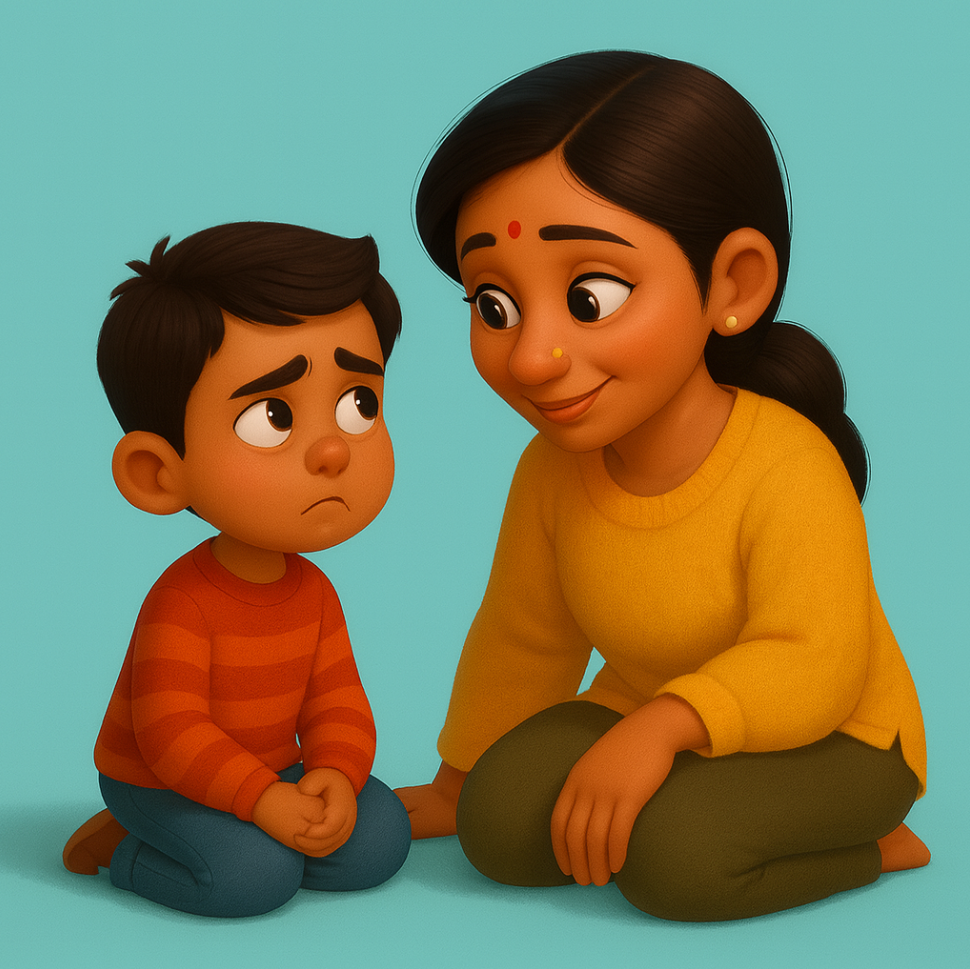My 10-year-old always seems “on.” He’s constantly scanning the room, watching other people’s faces, and trying to figure out what’s expected of him. Even when we’re just playing or hanging out, I can feel that he’s performing a little—like he’s trying to do it “right” instead of just being in it. I want him to feel safe and joyful in the moment, but I think he’s afraid to let his guard down. How can I help him feel more free?
— Wanting Him to Feel Safe
Dear Wanting Him to Feel Safe,
First, thank you for noticing—not just your child’s behavior, but the subtle emotional texture behind it. That’s a huge first step. What you’re describing is something we call “postural protection”—when a child’s body and behavior are gently bracing for the next judgment, correction, or disappointment, even if nothing threatening is happening in the moment. It’s not about you doing anything wrong. It’s about your child’s nervous system carrying a kind of anticipatory tension, one that says, stay alert just in case.
When a child lives from that place, even joyful moments become performance. Even play becomes vigilance.
The Gift of Presence Over Protection
We all want to feel seen, received, and safe in our full aliveness—not just when we’re “getting it right.” But if your child has internalized the belief that connection is conditional (on performance, helpfulness, politeness, achievement), they’ll show up guarded. They’re scanning, not because they don’t want to connect—but because connection has come to feel like a risk.
So how do we interrupt that?
By modeling a different way of being. Not telling them to relax, but becoming the softness they can lean into.
You can’t force your child into ease—but you can create a relational container where their nervous system starts to realize: Oh, it’s actually safe to soften here.
Try This: Micro Moments of True Presence
Start with a few simple invitations:
-
Regulate Yourself First. Before you reach for connection, check your own nervous system. Are you relaxed, or subtly rushing? Is your smile genuine, or strained? Kids pick up on everything. Take a few slow breaths. Feel your feet. Let your shoulders drop. Show up not with intensity, but with quiet welcome.
-
Offer Undemanding Attention. Sit near your child without asking questions or making suggestions. Be near them like a warm sunbeam—not evaluating, not prompting, just being. You might hum a soft song, or simply notice aloud: “That tree outside looks golden right now,” or “I love sitting next to you like this.”
-
Practice Reverse ‘Fame.’ Smile first—not as a test, but as a gift. Let it come from a place of fullness, not a request for response. When your child makes eye contact, stay there for two extra seconds. Let that warmth settle into the space between you.
-
Narrate What’s Alive. Instead of asking “How was your day?” (which can cue performance), try narrating what you see: “Your hands look busy with that Lego set. There’s a lot of focus in your face.” That kind of attuned noticing says: I see you as you are. You don’t have to explain or prove anything.
-
Name the Safety. Every now and then, gently affirm: “You don’t have to do anything right now. You get to just be.” Over time, these little reminders reshape the belief system: Love is here. Even when I’m not trying.
What You’re Really Teaching
More than anything, you’re helping your child build a new internal template—one that says joy doesn’t have to be earned, and presence is safer than performance. That kind of safety doesn’t always come in big breakthroughs. It builds slowly, quietly, in a thousand tiny moments where your child lets down their guard…and nothing bad happens.
And that’s when joy begins to feel possible—not the adrenaline kind, but the kind that hums from the inside out. That says, this moment is enough. I am enough.
From one parent doing the best they can to another, webe in this together!
Best wishes,
webe
P.S. If this topic resonated with you and you’re curious how it shows up in your own life—not just as a parent, but as a person—we wrote about this same theme from a more personal angle in our Substack. It’s a gentle reflection on presence, protection, and the quiet joy that opens up when we finally soften.













Leave a comment
All comments are moderated before being published.
This site is protected by hCaptcha and the hCaptcha Privacy Policy and Terms of Service apply.